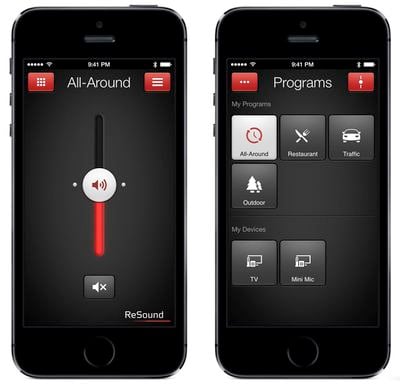Proctor and Gamble first introduced its smartphone-connected Oral-B toothbrush earlier this month, but the company is on hand at the Mobile World Congress conference in Spain to give attendees a look at the upcoming device.

The Oral-B SmartSeries 7000 connects to the Oral Blue iPhone app using Bluetooth 4.0, allowing the app to provide real-time guidance on brushing habits. It records brushing activity on a chart that can be shared with dental professionals to create personalized brushing routines and because the Bluetooth connectivity works both ways, the app can also be used to program the toothbrush.
Engadget went hands-on with the Oral-B SmartSeries 7000 to show off how the app interacts with the brush itself. While brushing, the iPhone app runs a timer in real-time to keep track of how long a user has brushed and it also includes a stream of news articles to keep users entertained while brushing.
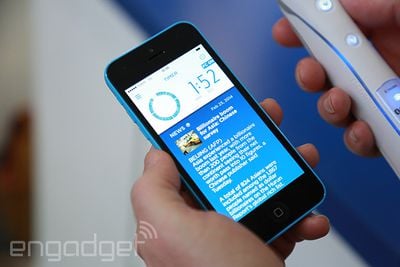
In case the sheer boredom of brushing your teeth for that long is too much to bear, you can also thumb through a stream of news articles or local weather reports (no, really) to help you hang in there. Turns out, just furiously mashing those bristles into your teeth isn’t great either, so the timer will blink red if you're pressing too hard.
In addition to Bluetooth connectivity, the SmartSeries 7000 features oscillating-rotating-pulsating technology, six different cleaning modes (Daily Cleaning, Deep Clean, Whitening, Gum Care, Sensitive, and Tongue Cleaning), a pressure sensor to prevent users from brushing too hard, and several different travel accessories.
Oral B's Bluetooth 4.0 smart toothbrush technology will be available in several of its toothbrushes, beginning with the Oral B SmartSeries 7000, which is expected to launch later this year for $220.


 AT&T today
AT&T today 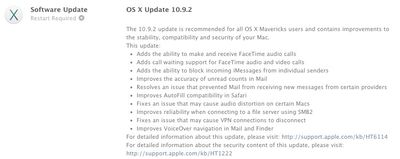

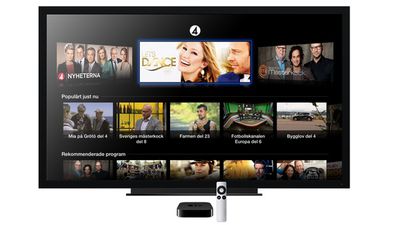
 Apple, Samsung and 19 other technology companies sent a letter to the European Union asking for limits on injunctions in patent infringement cases, reports
Apple, Samsung and 19 other technology companies sent a letter to the European Union asking for limits on injunctions in patent infringement cases, reports 
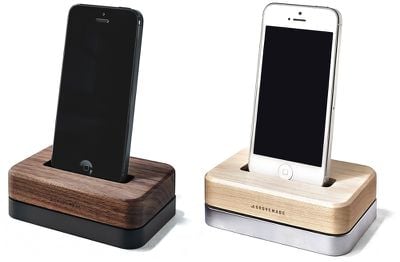


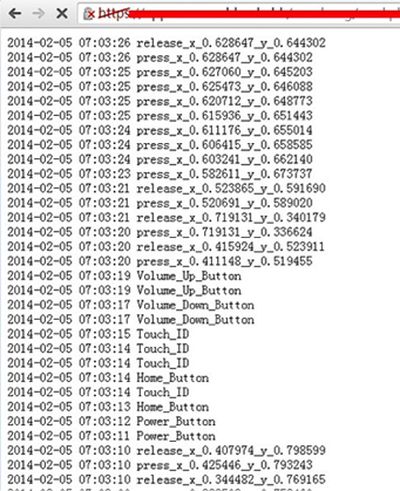
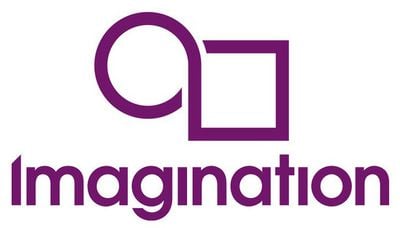
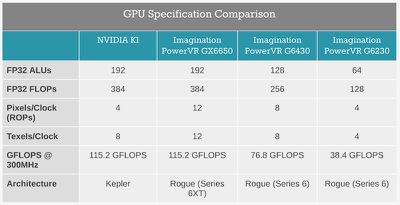

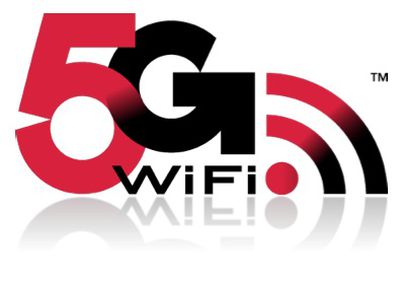 Some smartphones, such as the Galaxy Note 3 from Samsung have previously incorporated 802.11ac Wi-Fi using single stream chips such as the
Some smartphones, such as the Galaxy Note 3 from Samsung have previously incorporated 802.11ac Wi-Fi using single stream chips such as the 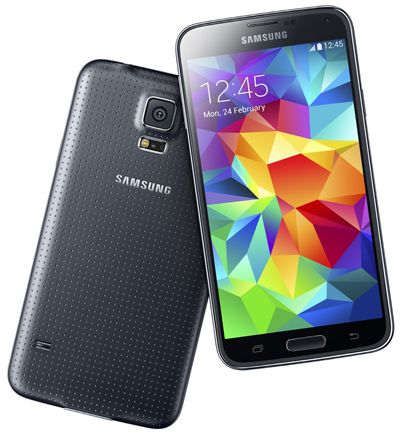
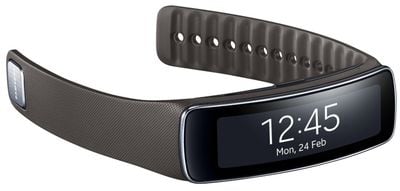


 A new hearing aid launched today connects directly to iPhones and other iOS devices, allowing wearers to talk on the phone or listen to music, by GN ReSound, a Danish hearing aid manufacturer.
A new hearing aid launched today connects directly to iPhones and other iOS devices, allowing wearers to talk on the phone or listen to music, by GN ReSound, a Danish hearing aid manufacturer.